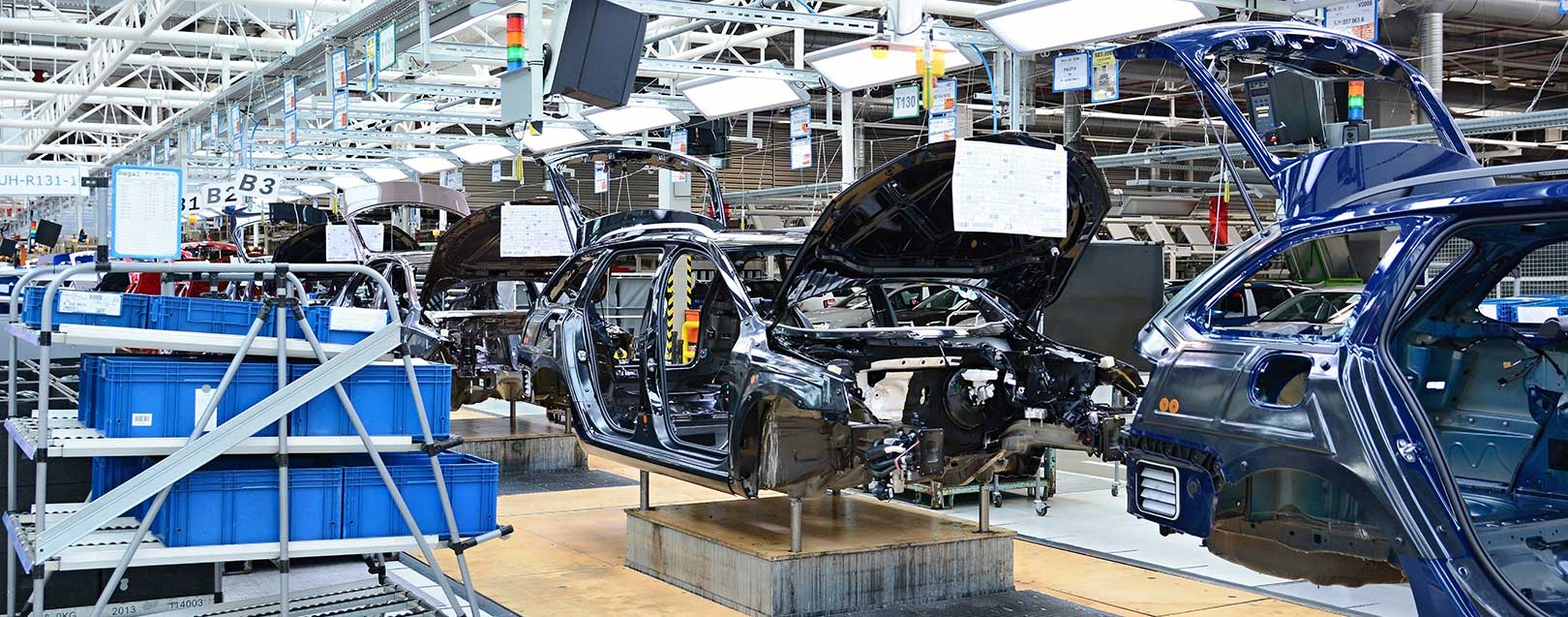
New Delhi: The performance of the Indian auto component industry in fiscal 2020-21 would be a little better than that of the vehicle manufacturing sector as its decline in growth is estimated to be in the range of 10%-12%, Deepak Jain, President, Auto Component Manufacturers Association (ACMA), the apex body representing auto parts makers, told ETAuto.
“We have not yet prepared the actual numbers but we expect that the auto parts industry has performed better than the vehicle industry and it has degrown less than the vehicle industry in FY21,” Jain said. The overall automobile sales degrew by 14% in the same period.
Even before Covid struck, the auto industry was experiencing a downtrend. In FY20, the component industry declined by 12% from USD 57 billion in 2018-19 to USD 50 billion. Then ACMA estimated one million job losses and cut on a billion-dollar investment.
In the last two years, the auto component industry declined over 30% and the capacity utilisation remained at 60%, he said.
However, in fiscal 2019-2020, the auto component maker fared better on the strength of robust demand from the tractor industry and good business from exports and aftermarket. The situation looks much more complex in a post-second wave as this has impacted the rural markets, unlike in the first wave.
The challenge now will be aggravated on two counts: one, demand recovery will not be as quick as in the previous year as the impact has been widespread, and two, the supply side constraints become more complex because of the regional lockdowns.Deepak Jain, President, Auto Component Manufacturers Association (ACMA)
Last year India exported USD 14.5 billion, 29% of the production, to over 160 countries. However, the share in the global trade in auto components is minuscule, only 1.3% of the USD 1.3 trillion, and there is only one Indian company featuring in the global top 10 component manufacturers.
The challenge now will be aggravated on two counts: one, demand recovery will not be as quick as in the previous year as the impact has been widespread, and two, the supply side constraints become more complex because of the regional lockdowns. The migration of the workforce also will continue to mar the sector, Jain said.
Smaller businesses and companies remain vulnerable. According to a study by ACMA, the biggest challenge that MSMEs face is the lack of labour and cash flow.
More than 65% of ACMA members are SMEs, while MSMEs would account for 80% of the overall Indian component industry; the majority of which are tier-2 and tier-3 players and they have traditionally been challenged in areas of access to capital, quality, manpower and technology.
During the lockdowns, when vehicle production comes to a standstill, they are the most affected, mainly in liquidity.
“We hope consolidation is happening, but as the demand gets muted, the industry needs to collaborate with one another like OEMs with tier 1, tier 1 with tier 2 and tier 3,” Jain said.
ACMA has advised all its tier-one members to pay the dues to the tier-2 ones and the tier- 2 companies to the tier-3 ones. “This will stand the industry in good stead,” he said.
We hope consolidation is happening, but as the demand gets muted, the industry needs to collaborate with one another like OEMs with tier 1, tier 1 with tier 2 and tier 3.Deepak Jain, President, Auto Component Manufacturers Association (ACMA)
Outlook for FY 22
According to CRISIL, the auto components industry will see revenue increase in FY22 as demand from OEMs and exports increase. The replacement market seems to have better demand. The uptick in OEM demand will trickle down to the automotive components sector, which could see revenue growth of 20%-23% next fiscal.
Exports, which contribute over 25% to revenue, will be aided by steady demand from the US and staggered recovery in the European Union—the regions that account for 60% of India’s automotive components exports.
ACMA hopes that the PLI scheme will enable the Indian exports to double to USD 30 billion in the next 5 years and it will have at least 5-6 Indian players in the top 50 global auto component manufacturers.
Opportunities for exports
The auto component industry is an export-competitive industry, it exports more than 25% of its production, with the US and EU accounting for 60%.
With a China plus one strategy being pursued by many developed countries, there is an uptick in inquiries for sourcing components from India, particularly from the US and Europe.
With an enhanced focus on localisation by both the OEMs and the component suppliers, the industry will become more price-competitive, thus enhancing the global bargaining position.
Further, India is committed to adopting UN-ECE standards, and it is Euro VI-compliant. As the sector progressively conforms to global standards, the ability and range of product offerings to service the export markets also get enhanced.
“ACMA has also requested the Union Government to sign FTAs with Brazil, South Africa and Iran, among others, to help our exports. Lastly, the PLI scheme is also expected to make the industry price-competitive through a system of incentives. This will add to our advantage,” the ACMA spokesperson said.














